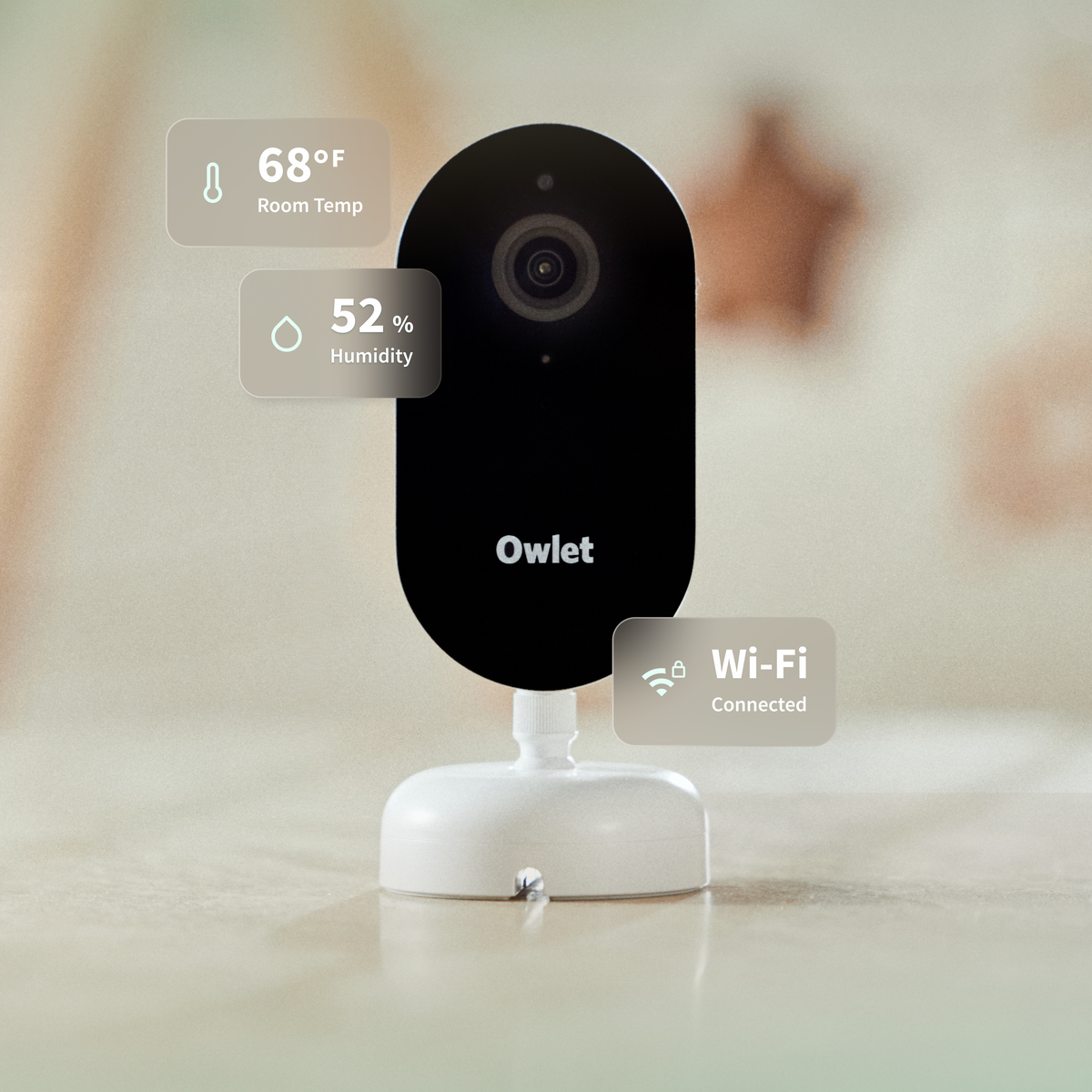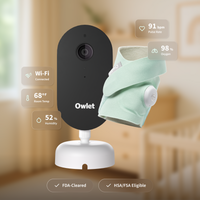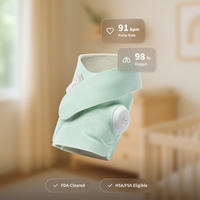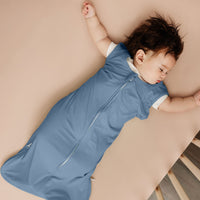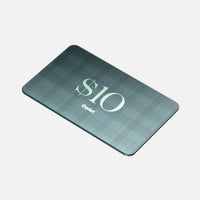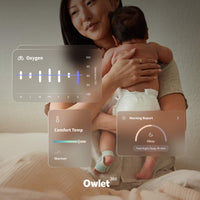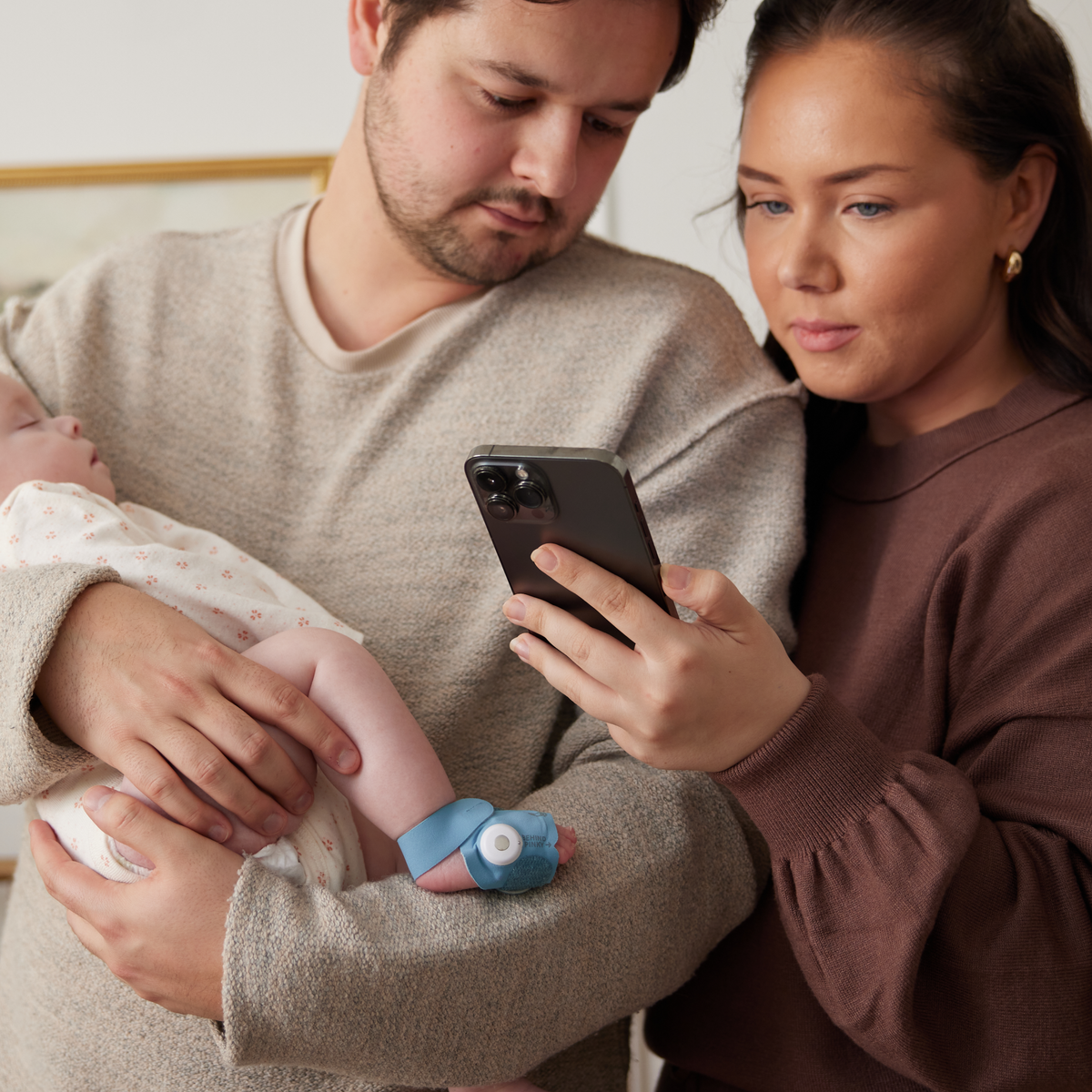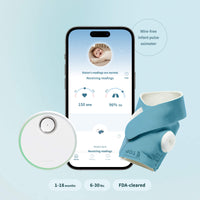Co-branded by Britax® & Owlet®
This guest collaboration features sections written by each brand to amplify safety education during Baby Safety Month.
Why Baby Safety Month Matters
If you’re reading this tired-eyed between feeds or during a car-nap in the driveway, you’re in good company. Baby Safety Month, sponsored annually in September by the Baby Safety Alliance (formerly known as the Juvenile Products Manufacturers Association or JPMA), is our reminder that small, doable steps add up. This month-long initiative is all about educating parents and caregivers on safe baby gear practices while also encouraging everyone to serve as safety ambassadors. Together, Britax® (on-the-go protection) and Owlet® (in-home monitoring) want to help make everyday choices feel safer, calmer, and a little easier for parents and caregivers.
From Britax: Protecting What Matters Most

Top 10 Common Car Seat Misuses & How to Avoid Them
Protecting little ones on the road starts with proper installation and everyday use. Unfortunately, nearly half of U.S. car seats are installed incorrectly, according to the National Highway Traffic Safety Administration (NHTSA). These quick checks can help you course-correct.
1. Unknown seat history → Only use a car seat if 1) you know its full history (no moderate or severe crashes), 2) all parts and labels are present, along with the manual, and 3) it isn’t expired. If it has been recalled, use it only after completing the manufacturer’s approved remedy. Always register new gear with the manufacturer so you’ll be first to receive safety notices and recall alerts.
2. Expired seats → Check the serial label and user guide. If expired, retire it safely by removing labels, cutting harness webbing, and marking the seat with “Expired — Do Not Use.”
3. Incorrect rear-facing angle → Use the recline adjuster and indicator according to your user guide instructions and/or seat labels. Newborns need more recline for airway support; older babies can be more upright within the allowed range. If you’re using a Britax infant car seat, like the Willow® S, its built-in level indicators and spring-assist recline help you achieve the correct installation angle for your vehicle.
4. Loose harness straps → Remove bulky layers and tighten until the straps are flat and snug, pulling up from hips to shoulders. Perform the pinch test by pinching the shoulder harness strap vertically at the collarbone. If you can pinch the webbing, it’s too loose.
5. Incorrect harness height → Rear-facing: at or just below shoulders. Forward-facing: at or just above the shoulders. Always confirm the correct position based on your seat’s user guide, as instructions may vary based on the model. For instance, select Britax car seats require the harness straps to be in the closest position below (not at) the child’s shoulders for rear-facing and in the closest position above (not at) the child’s shoulders for forward-facing. A seat like the Britax One4Life® Slim all-in-one car seat features a 15-position no-rethread harness and headrest that adjust together with one hand, making it easier to keep straps in the closest position below the shoulders when rear-facing and the closest position above the shoulders when forward-facing.
6. Chest clip too low/high → Position at armpit level. Harness straps should remain flat and untwisted.
7. Installation confusion → Use only one method (unless your car seat user guide and vehicle manual state otherwise): LATCH or seat belt. For forward-facing, always attach and tighten the top tether to an approved anchor point in the vehicle. After you’ve completed the installation, test for tightness by wiggling the seat at the belt path with your non-dominant hand. The seat should move no more than one inch side-to-side and front-to-back. Car seats with Britax’s exclusive ClickTight® installation technology are designed to help you get it right from day one by tightening and locking the seat belt for you.
8. Exceeding LATCH weight limits → Check your user guide for both rear-facing and forward-facing weight limits when installing your car seat using LATCH. Once your child reaches these limits, reinstall with the vehicle seat belt (keep using the top tether for forward-facing). For car seats with the ClickTight installation, Britax recommends using the vehicle seat belt from day one.
9. Forward-facing too soon → Best practice is to keep children rear-facing until they reach the seat’s stated rear-facing height, weight, or other limits. Re-measure regularly, as kids can grow overnight!
10. Tether misuse (forward-facing) → Connect the tether to the correct anchor (see your vehicle manual), route exactly as directed, and remove slack.
Need help? Take the time to read and understand your user guide, watch brand how-to videos, and/or book a fit check with a certified Child Passenger Safety Technician (CPST). A 20-minute check can change everything.
Quick Safety Wins For Every Stroller Outing
Heading out with your little one? A 30-second pre-ride check goes a long way. These simple habits can help prevent tip-overs and runaways, keeping little passengers comfy so you can enjoy the ride.
- Know your gear → Read the user guide/labels before your first stroll; understand weight limits and features.
- Harness every ride → Buckle up with a snug 5-point harness — yes, even for quick trips.
- Brake on, hands on → Engage the parking brake whenever you stop; never leave a child unattended.
- Pack smart → Always use the storage basket and keep weight low and centered. To help prevent tipping, do not hang anything from the handlebar. Always follow the basket/pocket weight limits in your user guide. The Britax Grove® stroller’s XL basket and five additional pockets keep essentials handy without adding top-heavy weight.
- Maintain the basics → Keep wheels/brakes free of debris; check fabric and fasteners; replace only with manufacturer-approved parts.
- Match pace to product → Many strollers are only meant for walking speeds over flat terrain. For running, choose a jogging stroller, like the models made by BOB Gear®, and follow all safety precautions listed in the user guide (e.g., wrist strap use and locking the front wheel when running).
When something feels off during a stroll, pause and re-check. If any parts look worn or damaged, contact the manufacturer before your next outing. Remember, safe habits today help build confident outings and adventures tomorrow.
From Owlet: Monitoring What Matters Most

Every parent wants their baby to sleep safely, but between late-night searches, well-meaning advice from family and friends, and all the conflicting opinions out there, it can feel overwhelming. The good news? Safe sleep doesn’t have to be complicated. A few simple, proven practices can significantly reduce the risk of Sudden Infant Death Syndrome (SIDS) and other sleep-related dangers.
That’s why we put together this easy-to-follow checklist based on recommendations from the American Academy of Pediatrics (AAP), so you can confidently create the safest possible sleep environment for your little one.
Safe Sleep Practices for Babies 0-12 Months Old
1. Back to Sleep → The AAP's #1 safe sleep recommendation is ‘Back to Sleep.’ Place your baby on their back for every sleep session, both during naps and nighttime. Back sleeping significantly reduces the risk of SIDS. Once your baby independently rolls from back to stomach and stomach to back (typically around 4–6 months), it's okay if they choose their own position, but always start them on their back. You can use Sleep Position Tracking to better understand how your baby sleeps. With Dream Sock®, and additional access to Owlet360™* features through the Owlet Dream App, this feature gives you a clear summary of whether your baby slept on their back, tummy, or side, so you can stay informed, spot patterns, and feel more confident as they grow.
2. Clear the Crib → Remove all bumpers, pillows, blankets, toys, and loose bedding. These items pose suffocation risks. Use only a fitted sheet on a safety-certified crib, bassinet, or play yard.
3. Firm and Flat Sleep Surface → Your baby's mattress should be firm, flat, and specifically designed for infant sleep (i.e., crib or bassinet). If using a bassinet, only use the mattress provided by the manufacturer. Never use soft surfaces like couches, adult beds, loungers, or inclined sleepers. The mattress should fit snugly without gaps, and the crib slats should be no more than 2 ⅜ inches apart. As your baby grows, adjust the mattress height and keep the sleep surface at least 3 feet away from furniture, windows, and cords. If using a bassinet, transition away from the bassinet when your baby reaches weight/height limits or shows signs of rolling or sitting up independently.
4. Room-Sharing Without Bed-Sharing → The AAP recommends keeping your baby's sleep area in your room for at least the first six months - ideally the first year. Bed-sharing is not recommended due to the increased risk of accidental suffocation.
5. Comfortable Room Temperature and Environment → Keep the room temperature between 68–72°F (20–22°C) for your baby's comfort. You can track room temperature and humidity with Dress your baby in breathable layers to prevent overheating. Remove hats when your baby sleeps indoors, and ensure the room is well-ventilated with fresh air and always smoke-free.
6. Pacifier Safety → Pacifiers can reduce the risk of SIDS when used properly. Offer a pacifier at nap time and bedtime, once breastfeeding is well established (typically around 3-4 weeks), if you choose to breastfeed. Only use pacifiers specifically made for babies and keep them clean and in good condition. Never substitute with teethers, toys, or your own finger and never attach pacifiers with strings or clips during sleep, as these can pose strangulation risks.
7. Safe Sleepwear and Swaddling → Dress your baby in snug, breathable clothing without strings or ribbons that could pose hazards. Avoid overheating with appropriate layers and choose breathable fabrics appropriate for the room temperature. If swaddling, keep it snug around the chest but loose around hips. Stop swaddling as soon as your baby shows signs of rolling, typically around 2-4 months. Once you stop swaddling, transition to a sleep sack to keep your baby safe and comfortable, without loose bedding.
8. Sleeping Outside the Crib → If your baby falls asleep in a car seat, stroller, swing, or carrier, move them to a flat, firm surface as soon as possible. Never leave babies unattended in these devices outside of their intended use. If holding your baby for sleep, the caregiver must remain awake at all times. For car seats specifically, ensure proper installation in the vehicle and proper buckling of the baby. Never swaddle your baby when they're in a car seat. Do not add extra padding or positioners. Be sure to remove your baby from the car seat when you reach your destination. When using an infant car seat attached to a travel system, make sure your baby is buckled in securely with their face visible.
For more information about safe infant sleep practices, visit the AAP’s Safe Sleep website here.
Even after Baby Safety Month wraps up, please join us as a safety ambassador throughout the year. Share this guide with an expectant or new parent. Be sure to register your gear, schedule a fit check with a CPST, and refresh your safe-sleep setup and nightly routine. From Britax and Owlet, here’s to safe travels and calm sleep, today and every day.
About Britax
Established in Britain in 1938, the Britax journey has been one of safety innovations – from pioneering adult seat belts to introducing our first child car seat in 1966. Since then, we have been guided by our steadfast mission of "Protecting What Matters Most," and we uphold this commitment by providing secure, comfortable, and easy-to-use child mobility solutions worldwide. We take pride in being a part of families' lives, knowing that our products not only help ensure safe travels but also create lasting memories. For a closer look, visit us.britax.com or follow the brand on Facebook or Instagram.
About Owlet
Owlet’s digital health infant monitoring platform is transforming the journey of parenting, offering FDA-cleared pediatric wearables and an integrated HD camera that provides real-time data and insights to parents who safeguard health, optimize wellness, and ensure peaceful sleep for their children. Since 2012, over two million parents worldwide have used Owlet, contributing to one of the largest collections of consumer infant health and sleep data. Owlet believes that every child deserves to live a long, happy, and healthy life. To learn more, visit www.owletcare.com.
Co-Publication & Disclaimer
Co-published by Britax and Owlet for Baby Safety Month. The content provided on this blog is intended for informational and educational purposes only. It is not a substitute for professional medical advice, diagnosis, or treatment. Always follow the instructions in your product user guides, stay up to date with recommendations from the American Academy of Pediatrics, and consult your pediatrician for medical questions.
*Owlet360™ software feature is intended for informational and convenience purposes only. This non-medical feature is available within the Owlet Dream App and for U.S. users only. Upon expiration of the trial period, applicants participating in the trial are required to opt out of future services or agree to fees for a subscription.
